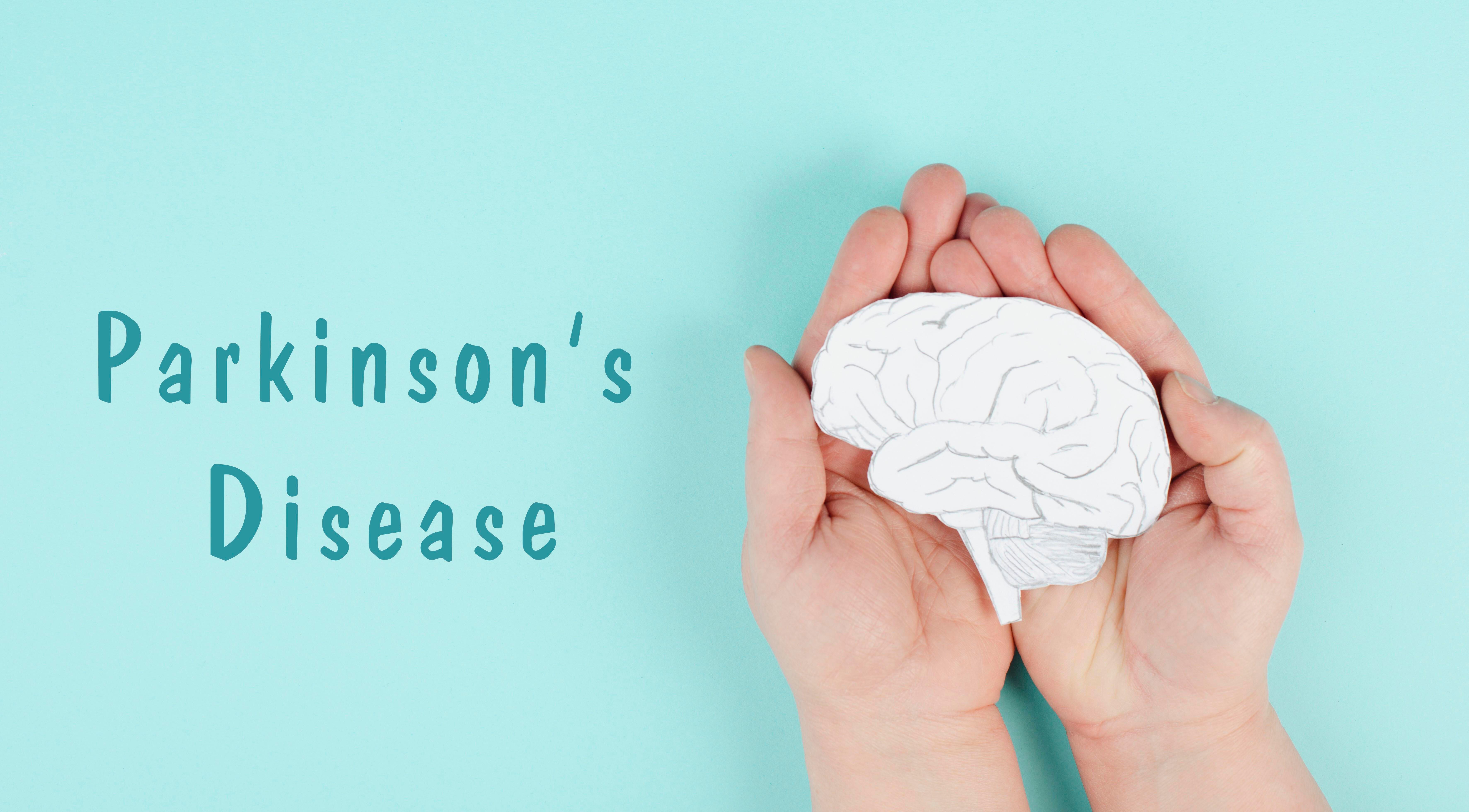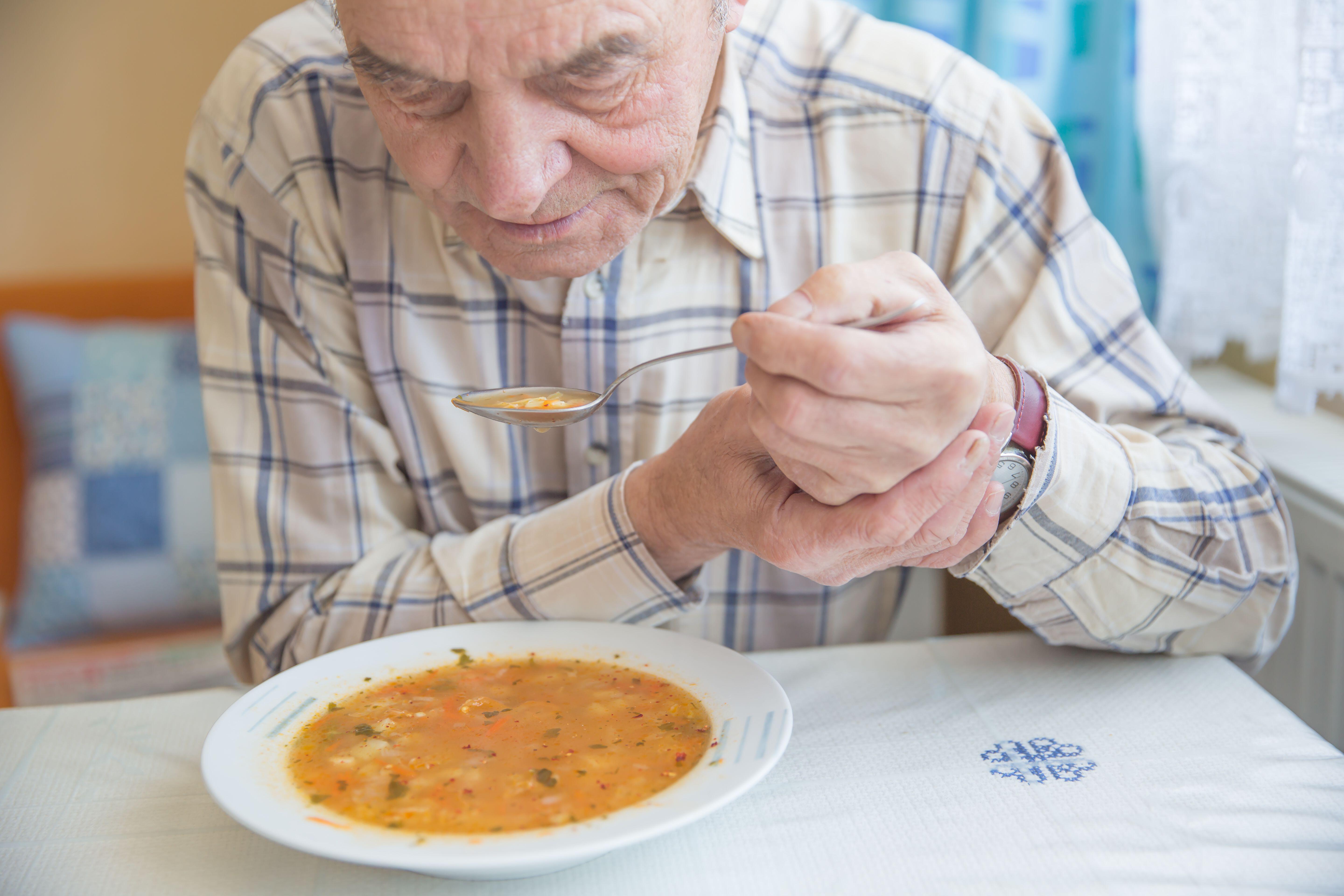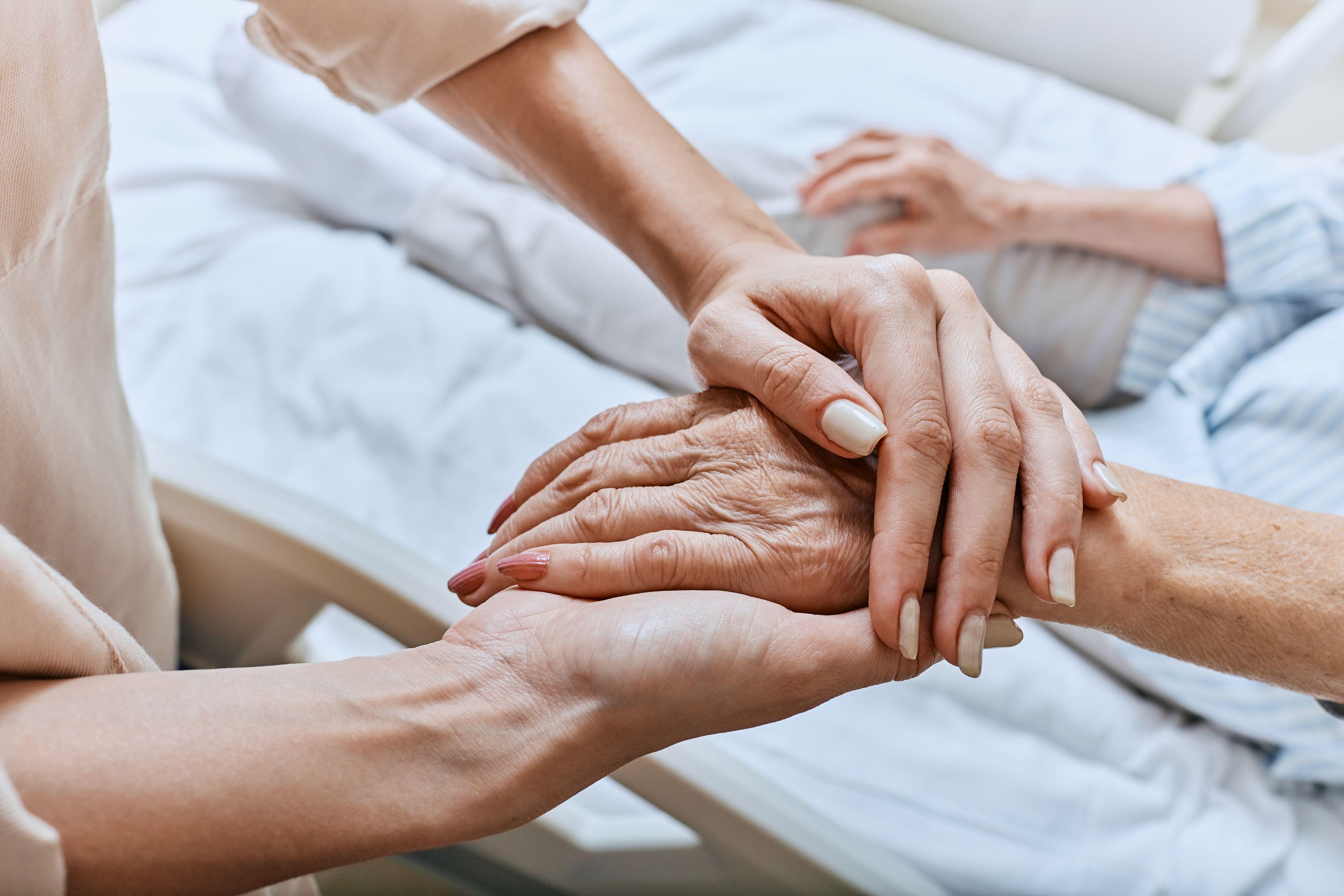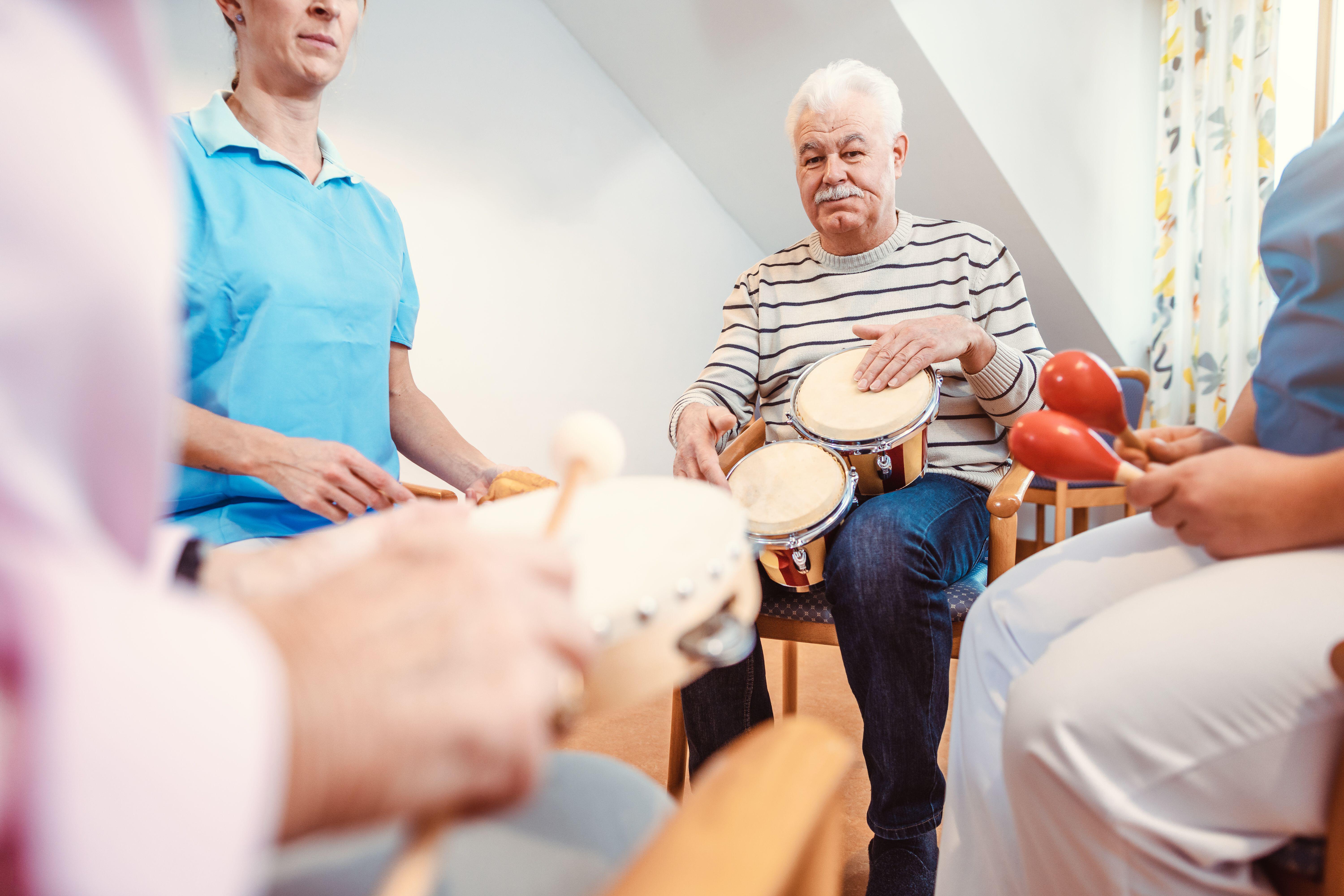Scientists have achieved a significant breakthrough in Parkinson’s research, developing a novel technique that can detect tiny brain clusters believed to trigger the debilitating disease.
A hallmark of Parkinson’s is the presence of abnormal protein clumps, known as Lewy bodies, in the brain. However, some researchers postulate that these larger formations originate from much smaller, toxic groupings called alpha-synuclein oligomers – clusters of the α-synuclein protein.
Now, a new method named Advanced Sensing of Aggregates for Parkinson’s Disease (ASA-PD) has been created. This innovative technique utilises ultra-sensitive fluorescence microscopy, enabling scientists to visualise these critical clusters within the brain for the very first time.
It is hoped this development will enhance understanding of how the disease progresses and potentially pave the way for novel treatments.
In light of this exciting discovery, here are eight things everybody should know about Parkinson’s…

1. The root cause is a lack of dopamine
“The physical difficulties in Parkinson’s disease stem from the progressive death of nerve cells in a small part of the brain called the substantia nigra,” explains Dr Matt Rowett, consultant neuropsychiatrist at Cygnet Health Care. “These cells are responsible for producing dopamine, a chemical messenger that helps control smooth, coordinated movement.
“When these cells die, the brain can’t send movement signals properly, leading to the motor symptoms we often associate with Parkinson’s disease, like slowness and rigidity.”
2. Parkinson’s is a neurodegenerative condition

“Parkinson’s is a neurodegenerative condition which means it’s a disease that happens in the brain, which allows the brain to deteriorate and progressively become worse,” explains Dr Henk Swanepoel, lead neuropsychologist at Cygnet Health Care. “It is a slow process that can take years and the patient will gradually need more and more care.”
3. It is not always hereditary
“People will often ask whether it is hereditary, but in a general sense, genetic factors do not really play a significant role,” says Swanepoel. “Most people with Parkinson’s disease have what we call ‘idiopathic cases’ which means the cause is more or less unknown.”
4. Early symptoms are often subtle
Some of the early symptoms of Parkinson’s disease are very subtle and include things like a reduced sense of smell and a change in handwriting.
“You might lose your sense of smell several years, or even decades, before a Parkinson’s diagnosis,” says Jennifer Taylor, helpline service manager at Parkinson’s UK. “Micrographia – small, cramped handwriting – is also often an early symptom of Parkinson’s.
“Words can become crowded together while the size of your handwriting might get progressively smaller as you continue to write. Micrographia is caused by the same processes in the brain that lead to slowness of movement, tremor and rigidity, which can all make writing more difficult.”
5. It doesn’t just affect someone’s movement

“People often think that Parkinson’s only affects movement, but it can manifest in other ways as well,” says Swanepoel. “Patients can also experience memory loss, cognitive fluctuation and there is also the mental health aspect of it. Patients can become depressed or anxious and sometimes their mental health can escalate into what is sometimes referred to as ‘Parkinsonian psychosis’ where people experience delusions and hallucinations.”
6. There is no cure
“Because it’s a progressive disease, there’s no specific cure. So the main aim is to support the patients with their quality of life, and to make sure they maintain their dignity as the disease progresses,” says Swanepoel.
“Management for Parkinson’s often follows a multidisciplinary team approach. So, as well as medication, patients will also receive mental health support from a psychologist, occupational and physical therapy to help with the movement challenges and maybe other types of therapy as well.”
7. Music therapy can help

“Music therapy activates a different part of the brain. It allows a person to regulate their emotion and the rhythm of music can also help with the upliftment of mood and help with depressive symptoms,” explains Swanepoel.
Another benefit of music therapy for people living with Parkinson’s is the social connection aspect of it.
“People do the therapy together. They dance together and play music together,” says Swanepoel. “In our service, we have groups between 12 and 15 patients and you can see pleasure they get from the social engagement aspect of it.”
8. No two people experience Parkinson’s the same way
“The disease is highly individualised,” says Rowett. “While everyone deals with dopamine loss, the severity of symptoms and the rate of progression vary widely.
“Someone might only experience a slight tremor on one side of their body, while another might struggle more with balance, stiffness, or non-motor issues like fatigue. This diversity means that treatment plans must be customised for each person.”



0 Comments